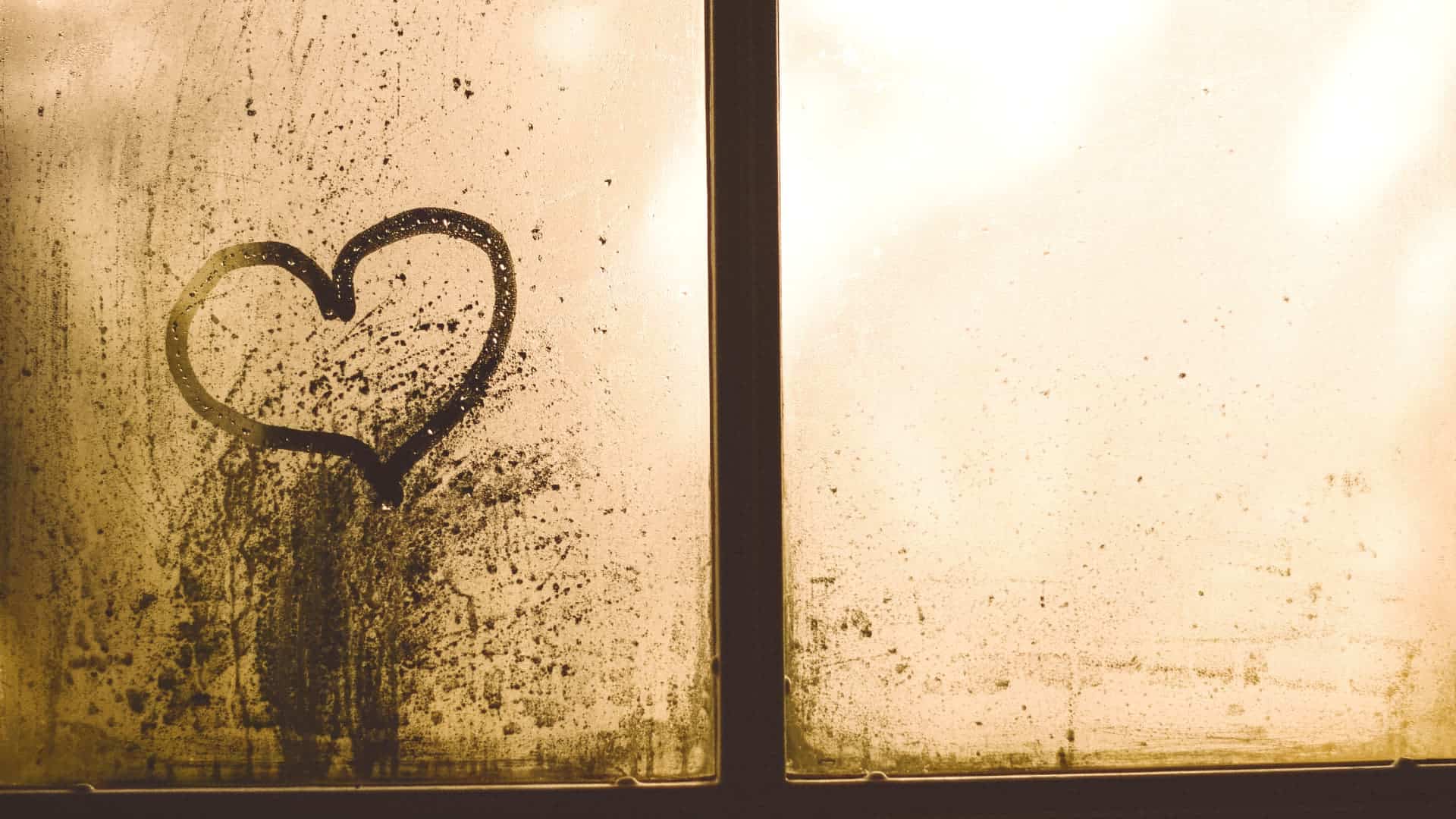With our weather forever variable, damp is a very prevalent problem in Edinburgh homes. Identifying the causes and means of getting rid of damp, mould and condensation on your sash and case windows and preventing it from building up is key to maintaining the life of them.
Sash & Case Windows Direct
We are used to supplying guidance on window maintenance. As a very common problem, damp can be found in homes that are small or large, depending on how well the homeowner takes care of their property.
Maintenance is especially important when it comes to damp because it can spread to clothes and furniture and also affect the air quality of your home, causing potential problems that can aggravate asthma and migraines. In other words, it’s essential to keep your home clean in order to eradicate the root of the problem to avoid damp.
Getting Rid of Damp – Understanding This Phenomenon
The best way to eradicate damp from your home is to understand what it is and how it’s caused. Damp is caused by condensation that occurs when the temperature falls and the moisture on the windows begins to increase in volume. When there is too much condensation, the damp area will begin to grow mould.
However, condensation isn’t the only blame factor. Other things like leaking pipes, wet waste and even overflow of water can cause damp, too. Rising damp is also another problem, and it’s caused by damaged damp-proof material. Even water that penetrates through broken tiles, damaged windows, wet frames and even blocked gutters can cause damp.
Identifying Types of Damp
In order to tackle the problem, you must first identify the kind of damp your property has. For instance, a damp patch on the roof will indicate broken roof tiles, or a damp patch near the window may imply there is a damaged drip groove that needs fixing. Deducing the cause of damp is important to prevent further damage to property and to address the problem.
1. Condensation
This is the most common type of damp that is caused by irregular heating and ventilation. It also occurs when the indoor air has high humidity and a higher temperature than cold surfaces, like windows and glass panes. Running water droplets on windows and walls are also signs of condensation, which can ruin the skirting, stain the plaster, peel the paint and wallpaper, and also destroy the floors and boards.
2. Penetrating Damp
This occurs when water enters the property’s foundation from the outside (like rain or leakage) and moves behind structures like walls. This is usually caused by water flowing through cracks in the foundation and even broken/leaking pipes.
When this happens, your walls may be stained, the paint may begin to peel and there will be evident water stains.
Tackling Damp Problems.
Now that you know about the different types of damp, here’s how you can tackle it.
Dealing with Condensation
1. Wipe Windows Every Morning
Removing condensation and water droplets with a clean cloth and using an anti-fungal wipe to clean the window frame and pane can help. If you’re removing mould caused by condensation, wipe the mould using warm soapy water and a soft cloth (not a brush!) and follow that by using a dry cloth to remove any moisture.
2. Get Rid of Kitchen Moisture
The steam from cooking can also exacerbate condensation, so close the kitchen doors while cooking and improve ventilation by opening a window. You can even install extractor fans and use special cooker hoods to avoid steam from causing severe condensation problems.
3. Get Rid of Bathroom Moisture
The bathroom gathers a lot of steam and moisture because of its function. One way to avoid this is to leave a window open for the steam to escape when using the bathroom. You can also install an extractor fan, especially if your bathroom doesn’t have a window, and ventilate the room after a steamy shower.
4. Ventilate Your Rooms
Ventilating your rooms is extremely important. You can do that by leaving the windows open for 30 minutes every day or keeping your window open slightly ajar. In certain rooms, it’s also a good idea to fit in air bricks, which are sturdy bricks with holes that allow air to flow through a room and prevent moisture build-up.
5. Keep Your Home Temperature Warm
Keep your home at a stable and steady temperature instead of constantly changing it. When walls cool down and warm air strikes the surface, it’s a recipe for condensation. Try to set timers on your heating appliances.
6. Insulate Your Home Properly
Walls have cold spots where condensation can build up if warm air hits it. Try to combat condensation by replacing draughty doors or even triple glazing your windows. You can also try to use a cavity wall, loft or other insulation means.
7. Use a Dehumidifier
Many objects around your home can store excess moisture, which can contribute to the condensation problems. Installing a dehumidifier is a sure way of getting rid of many damp problems, especially condensation. The device extracts old air and blows back air with a more stable temperature.
8. Don’t Dry Clothes Inside
Not for everyone but drying your clothes inside can release moisture into your home’s atmosphere, increasing the chances of damp. If you do dry clothes inside, position a dehumidifier near the wet clothes to get rid of excess moisture.
All of these tips help to maintain your windows and surround wood for longer, but when the time comes to repair, replace or renovate them, give us a call.




